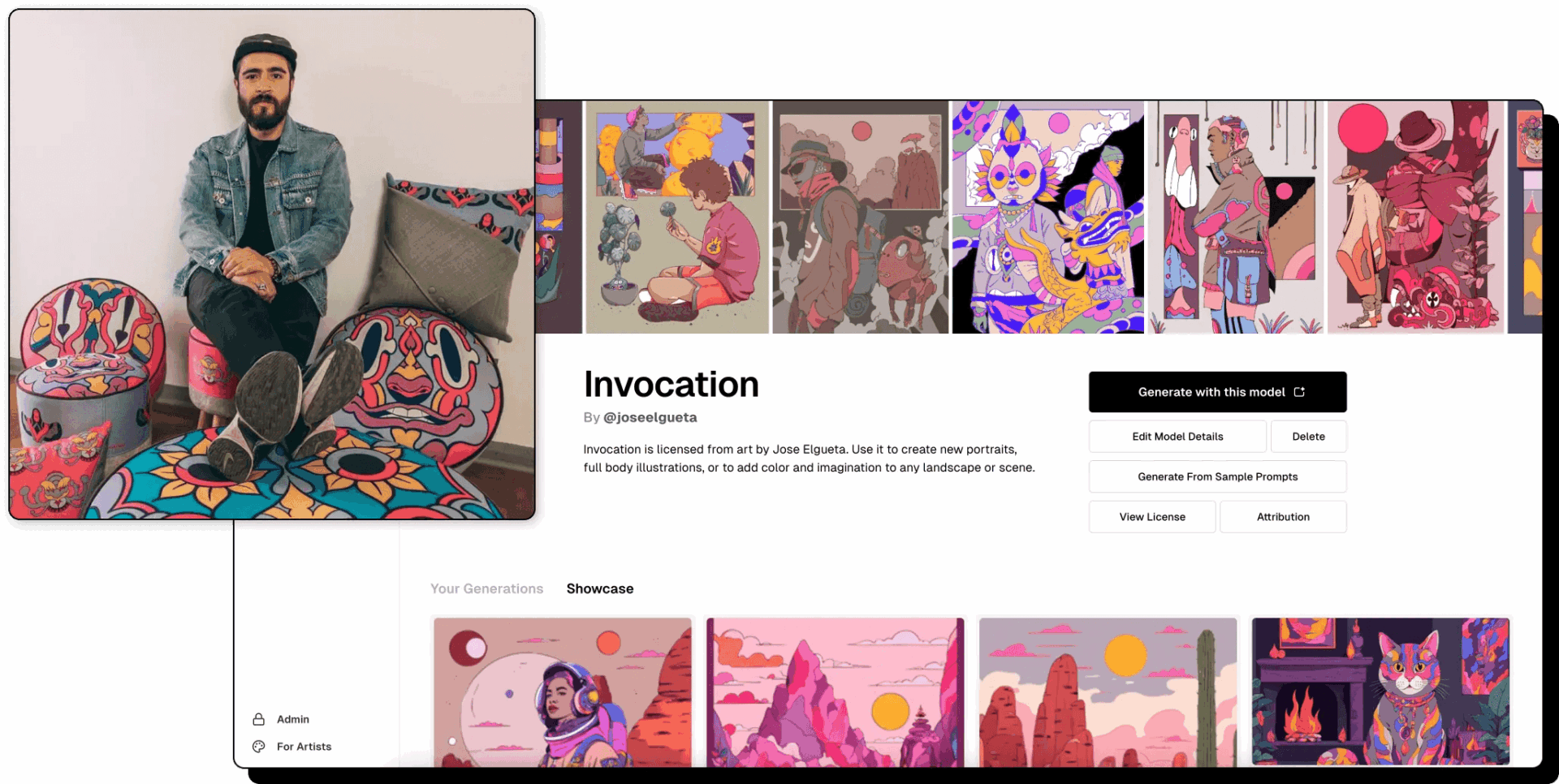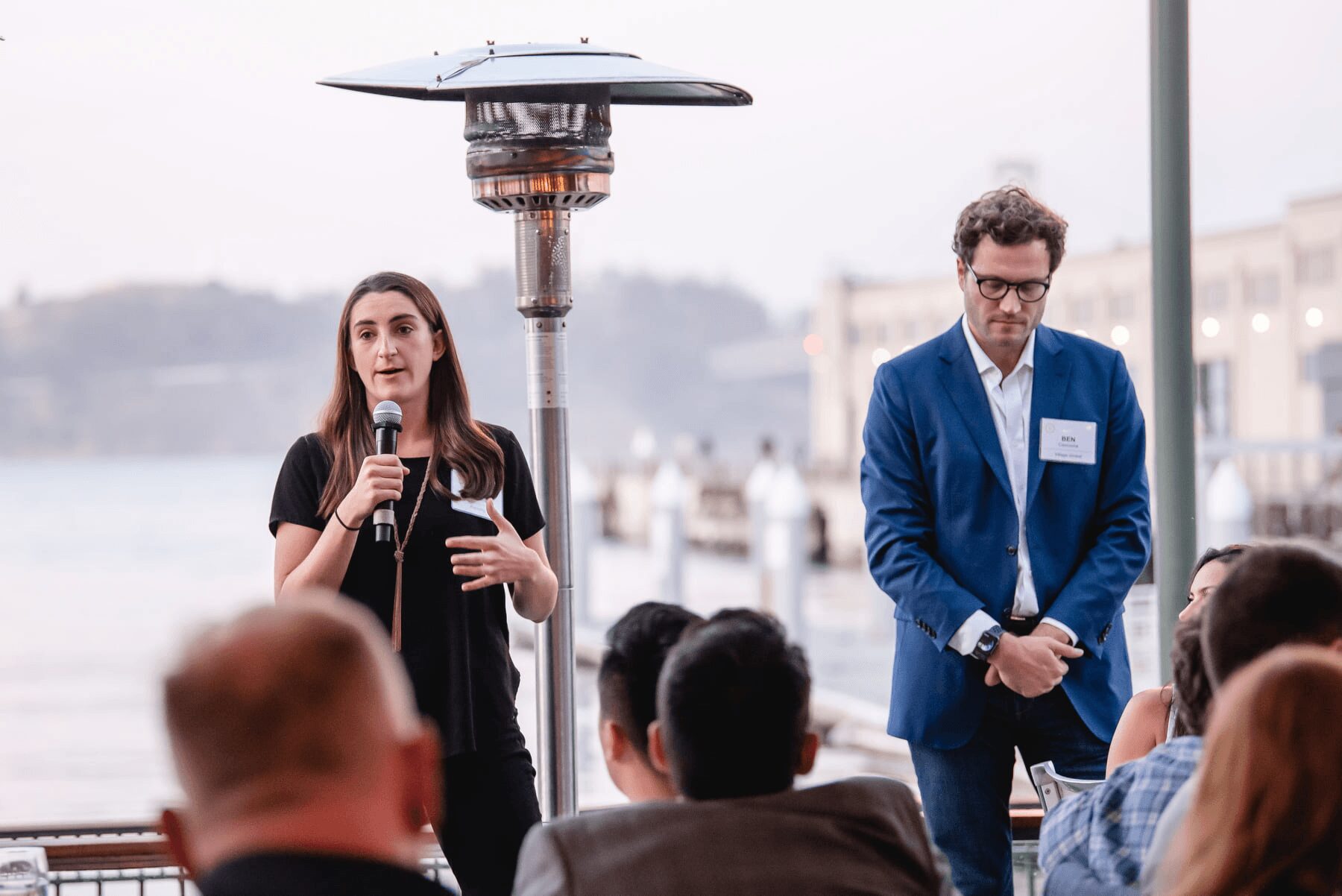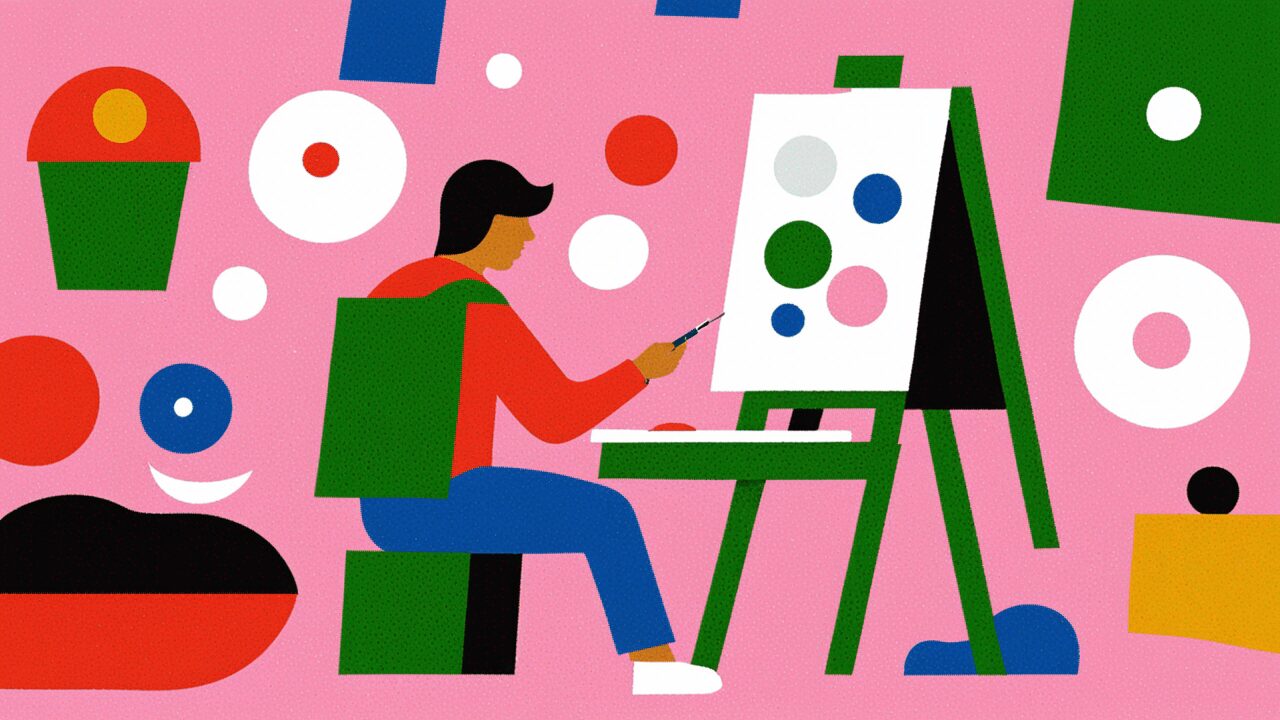We recently connected with Julia Enthoven and have shared our conversation below.
Hi Julia, thanks for joining us today. Let’s start with the story of your mission. What should we know?
This week, we’re introducing Tess, an AI generator that pays artists when work is generated in their style. Tess is the first AI image generator to enable artists to own their style. Each Tess model is trained on the visual style of an artist, with their permission.
We’re a mission driven company oriented towards empowering creatives, and we’ve seen that artists are getting screwed by leading AI image generators. 6 years ago, my cofounder and I started an online image & video editor that helps creative teams tell stories. Dall-e – the Image generator built by OpenAI – is popular within Kapwing, and we’ve seen new video generator demos from Sora and Runway.
Most of these products, however, have been built without permission from or partnership with artists. We’ve seen the lawsuits as artists and creators have protested about their work being used in proprietary models with closed training sets.
In the last few months, we have had conversations with dozens of artists about this problem. Artists are frustrated as some commissions have dried up where people are using generated art instead. They’re also angry, indignant, and scared, unsure how this new technology will impact them and their careers. AI companies argue that their training data qualifies as fair use, but it doesn’t feel very fair to artists.
The Society of Illustrators has shunned generative AI completely, as have many illustration agencies. This has limited the ways that the industry has benefited from generative AI, as artists are indigent about using the tools to brainstorm ideas, transform sketches into designs and characters in their style, create promotional materials, and make low-fi mockups for clients.
And we understand why. It’s incredibly frustrating and scary to see a technology that is faster and more prolific but dumb, low-quality, and uncontrollable displace some aspect of your work. Experienced illustrators have often taken years to master and refine their craft.
The status quo reminds us of the music industry in 1999, when everyone was stealing songs and ripping them off the internet. Back then, we needed a new business model that empowered the artist and the consumer alongside the rise of the internet. Along came iTunes, and eventually Spotify.
Publishers are hesitant due to the ongoing legal questions, but also because generative AI is hard to use. It’s too literal and photorealistic, requiring specific knowledge to enter a prompt that’s detailed enough to craft what you want. DALL-E users have few tools for altering a generated image. If you want to change the aspect ratio or re-generate one element within the image, you often have to start from scratch with a new prompt.
At Kapwing (our first business), we ran into this when we tried generative AI for the illustration work for our own website. We have an in-house illustrator, Emily, who is extremely talented. She was bogged down with daily fast-turn-around requests from our content marketing team for blog post and youtube graphics, and she wanted more headspace to focus on new skills and more complex projects.
Our content lead guided his team to start using DALL-E, since we already had a company license. However, we found the generated outputs robotic, almost like out of a video game or sci fi movie. How could we preserve the illustrated style and brand of our Resources Library without needing Em’s time and attention on every blog post and newsletter?
So, we built a custom AI model trained on Emily’s work (with her permission) that enabled our content marketing team to generate their own graphics. It’s a much better experience than using Dalle as it has features custom-built for our writers, like in-painting and the ability to change the output aspect ratio to an OG image size.
That was the first Tess model.
Introducing Tess, a platform for editorial and marketing teams to generate illustrated work. Artists have a custom model trained on their visual style, with their permission, and get paid anytime that a Tess customer generates images using their model. This passive income (coming in from Tess customers around the world) can make up for and perhaps surpass the work that was lost from the high end of the market.
We believe that clients will prefer Tess over other AI image generators because they want to foster a healthy ecosystem and want full copyright protections with properly-licensed work. They may also find that the works generated from Tess are much more beautiful than the stock photos they’ve used in the past. Instead of starting from scratch, they explore a marketplace of visual styles to find the right look for the right piece.
We envision a world where artists have more control of and knowledge about generative AI. Tess Artists can access their own model for free, and Tess will provide resources for artists on mastering generative AI as a tool in their practice. We also plan to give them visibility and control in how their model is used.
A couple of weeks ago, I met with an accomplished artist called David who has in the past done a lot of freelance illustration work for independent musicians in the past. He told me that 75% of his commission workload for musicians has dried up in the last year. He can’t be exactly sure why, but when he looks at the new album art of people who used to be his clients, he thinks they used generative AI instead of hiring him. Those products were likely trained on his work with no permission from or royalty to him.
David is joining Tess because he wants to make up for that lost income from those musicians’ commissions, and potentially reach the hundreds of small bands out there who couldn’t afford to work with him before. That would be a Tess success story.
If you’re an illustrator who is angry about AI companies stealing your work and displacing your commissions
…Or an artist who is curious about generative AI and wants to collaborate with it to scale your own career
…Or a small business owner who wants to support illustrators but can’t afford personalized commissions
…Or a writer who is tired of boring, redundant stock photography
…Or a publisher who wants to use generative technologies with proper copyrights
Tess is for you

Julia, before we move on to more of these sorts of questions, can you take some time to bring our readers up to speed on you and what you do?
I’m a technologist and a writer who loves working with and for creatives. I believe that storytelling is central to our humanity and that enabling people to tell stories visually helps democratize creative tools and bring more people into the conversation. I’ve always loved to write and was a journalist in college, working as a Senior Staff Writer at The Stanford Daily. Since then, I’ve been interested in local newspapers and digital storytellers on TikTok and YouTube. For the last six years, I’ve been running Kapwing, a fully online video editor, and now we’re launching Tess to help writers and creators make beautiful images while also supporting artists and the illustrator ecosystem. Tess also enables artists to expand their own creative capacity.

How’d you meet your business partner?
My cofounder, Eric Lu, and I met as Product Managers at Google. We were both junior PMs working on image search, which was at the time the world’s largest visual search engine. On image search in 2017, we had a front row seat to the rise of video for all sorts of new consumer and business domains on Google search. We both worked on projects related to bringing more videos and GIFs into the Google Search surface. This informed our idea for Kapwing — making video editing more accessible and faster — and eventually Tess, which enables artists to make money when images are generated in their style. In the summer of 2017, Eric and I teamed up to build and launch the first version of Kapwing, and after bootstrapping for nearly a year raised venture capital in 2018. That has enabled us to hire an amazing team in San Francisco and New York City.

Any fun sales or marketing stories?
One important moment for the rise of Kapwing was an informal experiment I ran through our website. At the time, we had a Drift Chatbot featured on our website, and I answered all inquiries and requests from our earliest users and customers directly. I began to notice that some people sent me trolling and rude messages, so I decided to change my profile picture from my own photo to a more generic logo. This inspired an informal experiment where I tested and recorded users’ chat response and tone for 4 different customer agent photos.
After I wrote up the experiment summary on our blog, I pitched it to about 12 different journalists, and one journalist – Erin Griffith (she since moved to the New York Times) — decided to cover the story on Wired. This article and syndicated backlinks catapulted Kapwing’s organic search rankings, Kapwing, which had been a nearly invisible website, started attracting tens of thousands of visitors everyday through Google Search. We witnessed how SEO can change the trajectory of your business and understood the importance of content marketing, which is also related to the problems we’re trying to solve.
Now, with Tess, we’re starting from 0 again and pitching the Tess story to art blogs, newspapers, and journalists. Our hope is that our story itself will be compelling to write about, but we also plan to do some content stunts that are timely and relevant to the conversations about copyright and AI.
Contact Info:
- Website: https://www.tess.design
- Linkedin: https://www.linkedin.com/in/juliaenthoven/
- Twitter: https://twitter.com/JuliaEnthoven
- Youtube: https://www.youtube.com/c/Kapwing

Image Credits
Everyday Things on Tess


